

| ARTICLES | INTERVIEWS | TECHNICAL NOTES |
ARTICLES
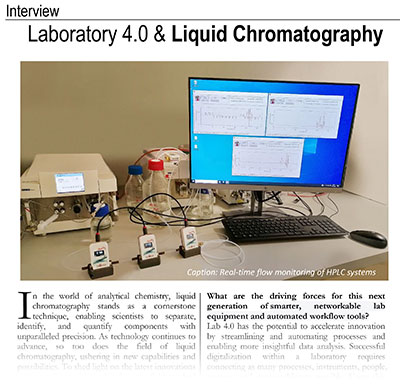
Laboratory 4.0 & Liquid Chromatography
In the world of analytical chemistry, liquid chromatography stands as a cornerstone technique, enabling scientists to separate, identify, and quantify components with unparalleled precision.
Published in MicroBioz India – February 2024
Read on
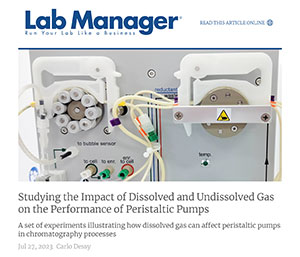
Studying the Impact of Dissolved and Undissolved Gas on the Performance of Peristaltic Pumps
A set of experiments illustrating how dissolved gas can affect peristaltic pumps
in chromatography processes.
Published in Lab Manager – July 2023
Read on
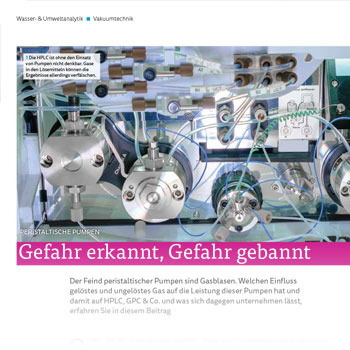
Gefahr erkannt, Gefahr gebannt
Der Feind peristaltischer Pumpen sind Gasblasen. Welchen Einfluss gelöstes und ungelöstes Gas auf die Leistung dieser Pumpen hat und damit auf HPLC, GPC & Co. und was sich dagegen unternehmen lässt, erfahren Sie in diesem Beitrag.
Published in Laborpraxis – May-June 2023
Read on
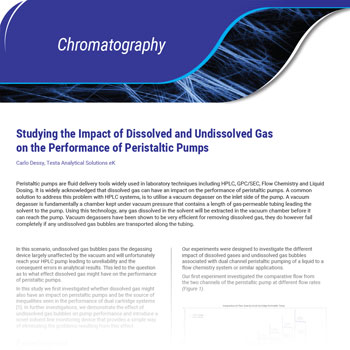
Studying the Impact of Dissolved and Undissolved Gas on the Performance of Peristaltic Pumps
Peristaltic pumps are fluid delivery tools widely used in laboratory techniques including HPLC, GPC/SEC, Flow Chemistry and Liquid Dosing. It is widely acknowledged that dissolved gas can have an impact on the performance of peristaltic pumps. A common solution to address this problem with HPLC systems, is to utilise a vacuum degasser on the inlet side of the pump. A vacuum degasser is fundamentally a chamber kept under vacuum pressure that contains a length of gas-permeable tubing leading the solvent to the pump. Using this technology, any gas dissolved in the solvent will be extracted in the vacuum chamber before it can reach the pump. Vacuum degassers have been shown to be very efficient for removing dissolved gas, they do however fail completely if any undissolved gas bubbles are transported along the tubing.
Published in International LabMate – June 2023
Read on
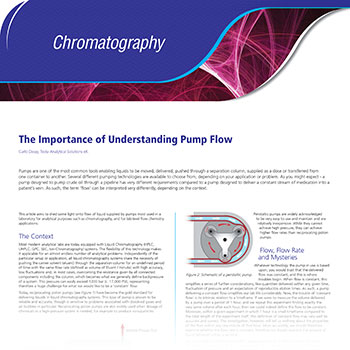
The Importance of Understanding Pump Flow
Pumps are one of the most common tools enabling liquids to be moved, delivered, pushed through a separation column, supplied as a dose or transferred from one container to another. Several different pumping technologies are available to choose from, depending on your application or problem. As you might expect - a
pump designed to pump crude oil through a pipeline has very different requirements compared to a pump designed to deliver a constant stream of medication into a
patient’s vein. As such, the term ‘flow’ can be interpreted very differently, depending on the context.
Published in International LabMate – July 2022
Read on

Investigating Variation in Flow from Peristaltic Pumps
Peristaltic pumps find wide application in modern labs, they are considered inexpensive, easy to use and to maintain and, most important of all, are extremely reliable and flexible. The range of application is huge, from simple transfer of a liquid from one container to another in HPLC and Ion chromatographs, to more complex usage as dispensing tools for reagents in flow chemistry.
Published in MicroBioz India – June 2022
Read on
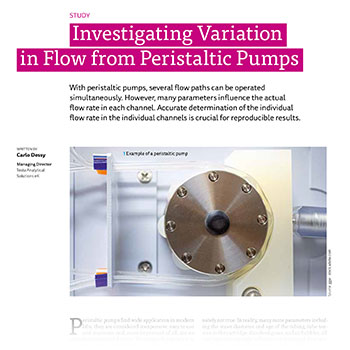
Investigating Variation in Flow from Peristaltic Pumps
With peristaltic pumps, several flow paths can be operated simultaneously. However, many parameters influence the actual flow rate in each channel. Accurate determination of the individual flow rate in the individual channels is crucial for reproducible results.
Published in Lab Worldwide – February 2022
Read on
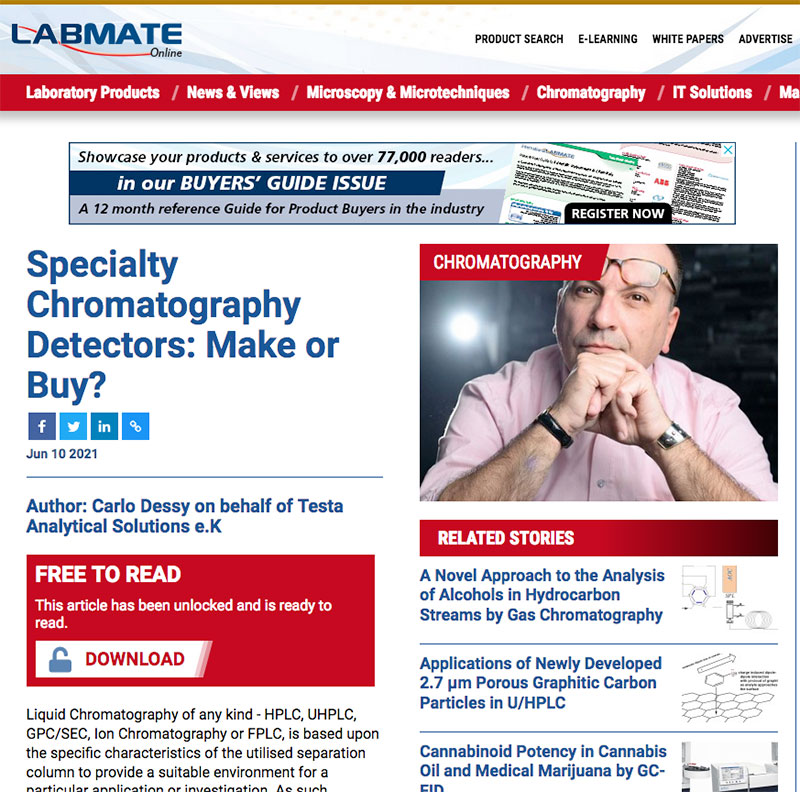
Specialty Chromatography Detectors: Make or Buy?
Liquid Chromatography of any kind - HPLC, UHPLC, GPC/SEC, Ion Chromatography or FPLC, is based upon the specific characteristics of the utilised separation column to provide a suitable environment for a particular application or investigation. As such, creating an optimised separation is often considered to be the core of an individual liquid chromatography system. Separation alone, however, does not supply answers, it just creates the correct preconditions whereby chromatography detectors are able to reveal the 'secrets' of your sample.
Read on
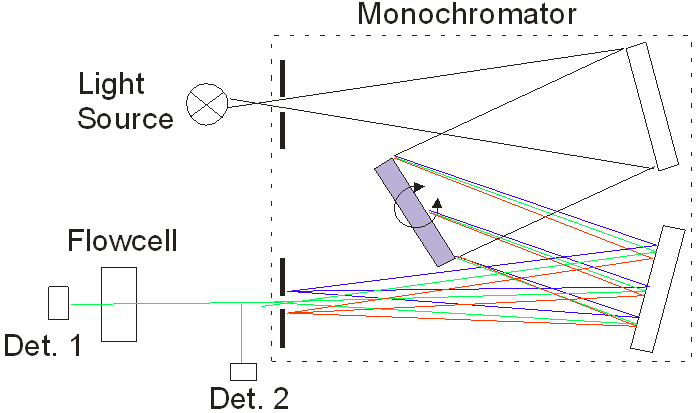
Common detectors for GPC/SEC Chromatography
This article provides an overview about the detectors most commonly used in GPC/SEC applications, explains differencies within each detector class, provides inforamtions about pro's and con's of each detector and also explores combination of detectors for the most useful hyphenated techniques in GPC/SEC.
Read on

Determination of specific refractive index increment (dn/dc)
The specific refractive index increment (dn/dc) is a fundamental parameter for the determination of molecular weight with Static Light Scattering. Its importance will become clear by observation of the Debye's constant in the SLS equation, where the dn/dc is a squared term. As such, any error in the specific refractive index increment will strongly effect the molecular weight results. This is true for both cases, when SLS is used in batch mode, like in case of a goniometer system, or in flow mode like in case of a MALS Detector in GPC/SEC.
Read on
INTERVIEWS
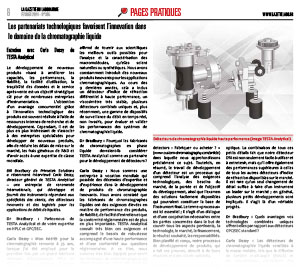
Les partenariats technologiques favorisent l’innovation dans le domaine de la chromatographie liquide
Le développement de nouveaux produits visant à améliorer les capacités, les performances, la
fiabilité, la facilité d’utilisation, la traçabilité des données et le service après‑vente est un objectif stratégique
clé pour de nombreuses entreprises d’instrumentation.
Published in La Gazette du Laboratoire – February 2024
Read on
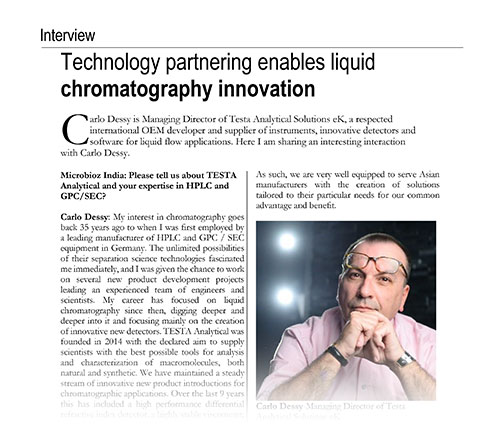
Technology partnering enables liquid chromatography innovation
Carlo Dessy is Managing Director of Testa Analytical Solutions eK, a respected international developer and supplier of instruments, innovative detectors and software for liquid flow applications. Here I am sharing an interesting interaction with Carlo Dessy.
Published in MicroBioz India – November 2023
Read on
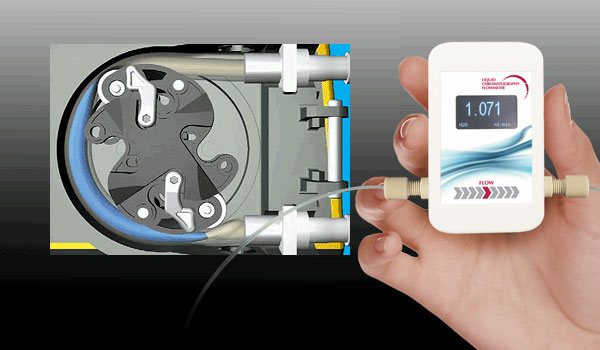
The importance of real time flow monitoring in Analytical labs
Backed by over 30 years of experience in the field of instrument development and device engineering, TESTA Analytical is today a leading developer and supplier of optimised detectors and instruments for liquid chromatography and flow monitoring in particular.
Published in MicroBioz India – February 2023
Read on

Interview: Insights from Industry
Why are Testa Analytical involved in polymer characterization and particle sizing?
In the eyes of Testa Analytical polymer characterization in terms of chromatography and particle sizing using DLS are just two ways of looking at the same subject.
We look at the same material from two different points of views which in turn gives us a better understanding of the whole material which is exactly what Testa Analytical strives to provide the solution for.
Read on

OEM strategy to support wider global expansion at Testa Analytical
TESTA Analytical Solutions eK (Berlin, Germany), a five-year old developer of size exclusion chromatography (SEC) instruments and related detectors and software, and distributor of third-party dynamic light scattering (DLS) and Zeta Potential systems, is aiming to build on its success in the European OEM market to provide “worldwide operating clients with application-optimised versions of our growing portfolio of proprietary instruments and detectors,” Carlo Dessy, the company’s founder, owner and CEO, told Instrument News.
Read on
TECHNICAL NOTES
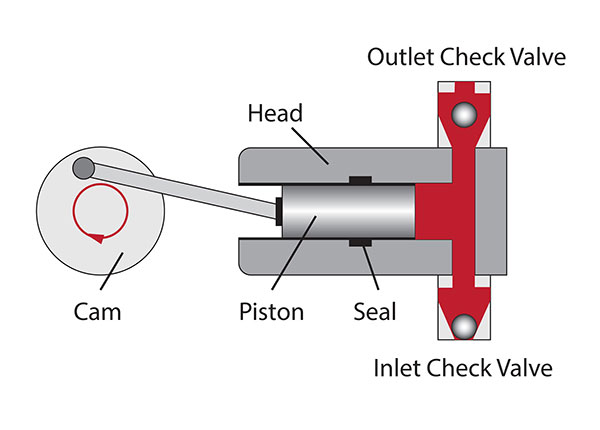
Comparing techniques for flow rate measurement in Liquid Chromatography
Accurate determination of flow rate is one of the most common, and often overlooked, means of assessing or validating the performance of a pump serving a HPLC, UPLC, Ion-Chromatography or GPC/SEC system. Using the right technique, it is nowadays possible to use flow rate monitoring as a powerful diagnostic tool, allowing fast detection of leaks, faulty check-valves and worn seals.
Read on
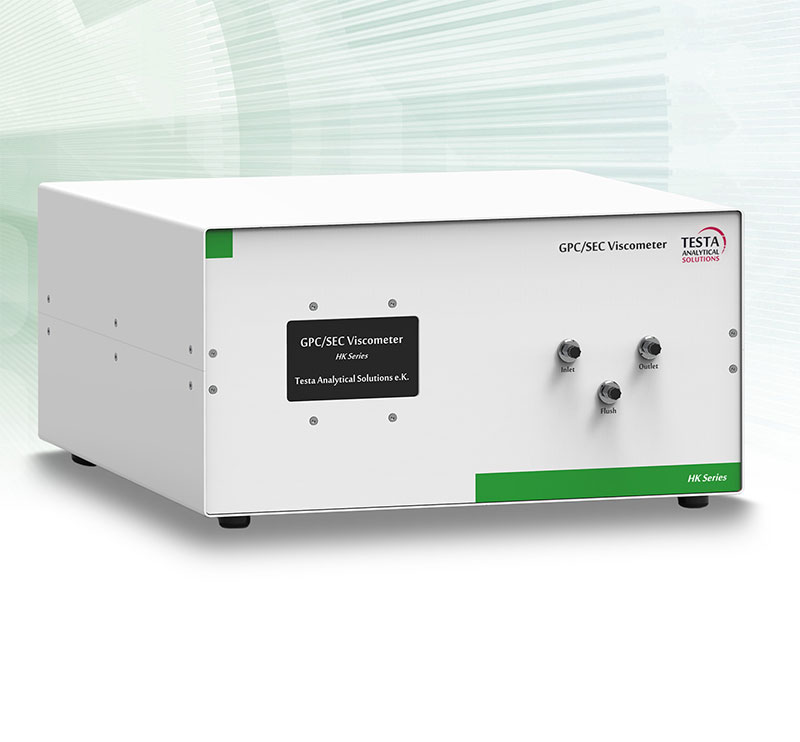
Creating a better differential viscometer
Used as a GPC/SEC detector to determine the specific viscosity of a polymer or protein in solution - differential viscometers have been around for decades and have demonstrated their value in numerous applications. The R&D team at TESTA Analytical has improved the original 4-capillary bridge design and created a new generation differential viscometer with exceptional performance and operational advantages.
Click here to download

Design Considerations for Refractive Index Detectors - different instrument techniques, different goals
The detection technique of choice for HPLC separation of non-UV active substances, such as saccharides, is a Differential Refractive Index (DRI) detector. In most cases, the required analysis is purely quantitative and based on comparison of the area below the sample peak with the area below the peak of a run performed with the same compound at a known concentration.
Click here to download

Real-Time Monitoring of HPLC Pump Performance
High Performance Liquid Chromatography (HPLC) is nowadays one of the most widely used techniques in analytical chemistry. The range of applications soluble using HPLC covers a vast range of sample types, concentrations, and compositions. This extreme flexibility is achieved by using specific columns carefully designed for each particular investigation.
Click here to download

How Enhanced Detector Stability Leads to Improved GPC/SEC Results
GPC (Gel Permeation Chromatography) or SEC (Size-Exclusion-Chromatography is widely acknowledged as one of the most useful characterization methods in polymer science. The technique offers the possibility to determine molecular weight distribution and its averages, to provide a complete picture of the polymer sample under investigation.
Click here to download
© 2024 TESTA Analytical Solutions e.K. All rights reserved.
